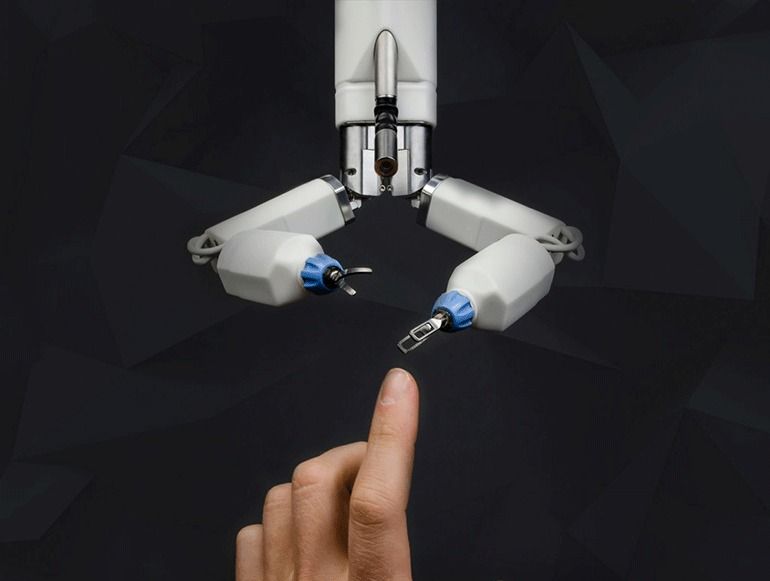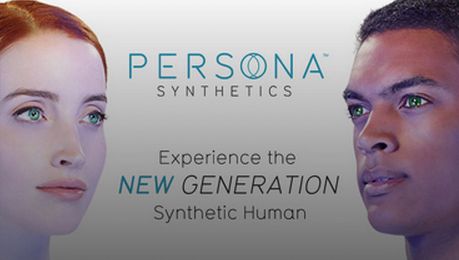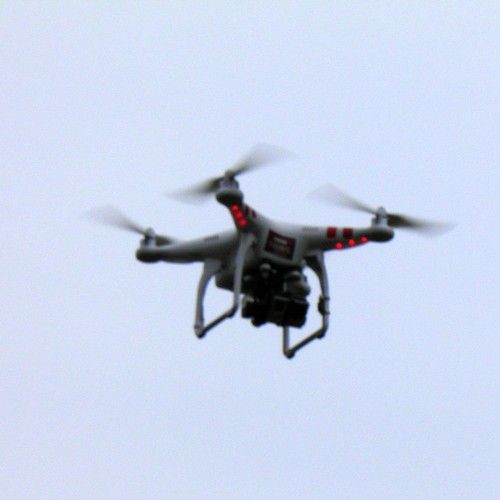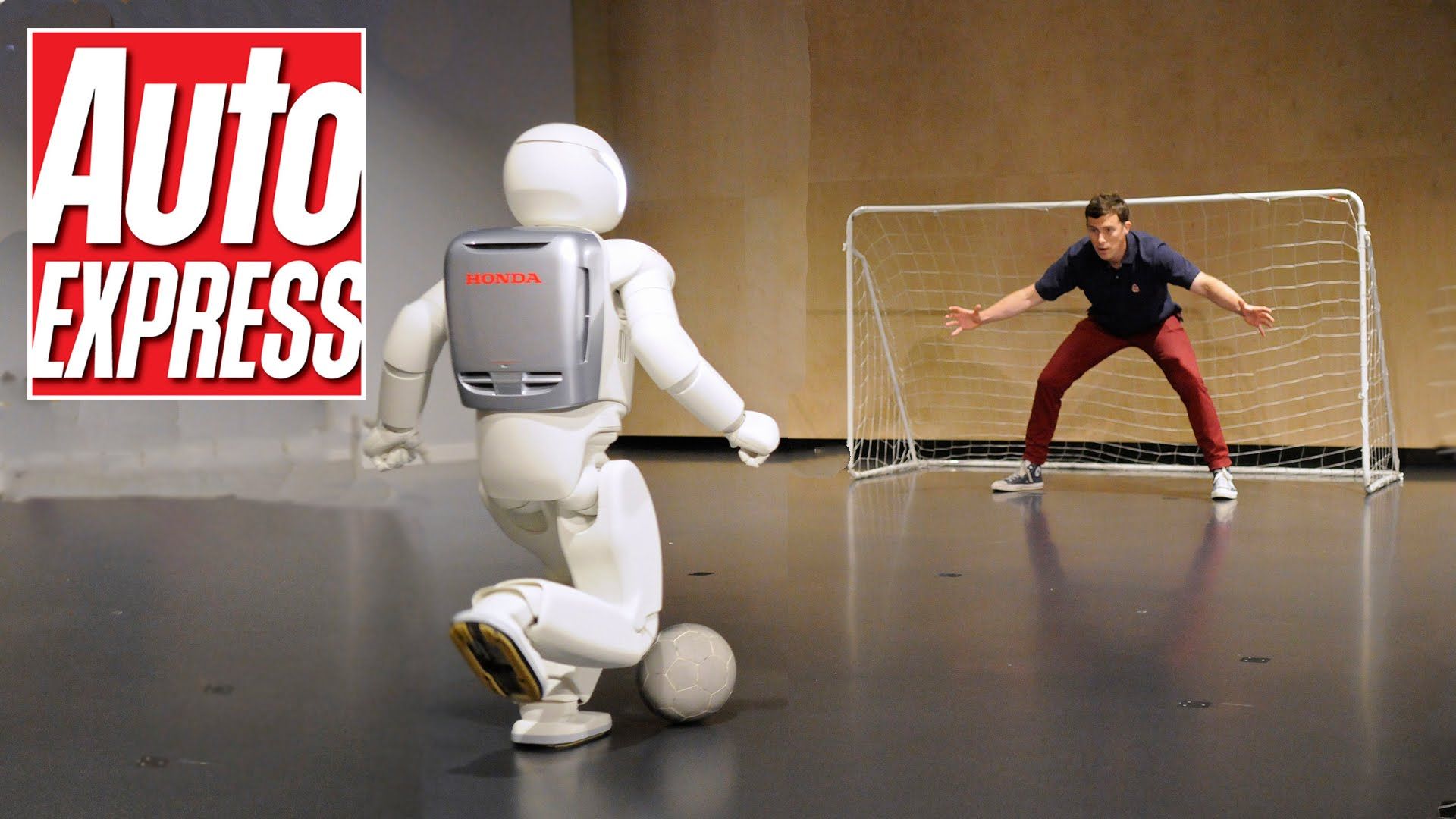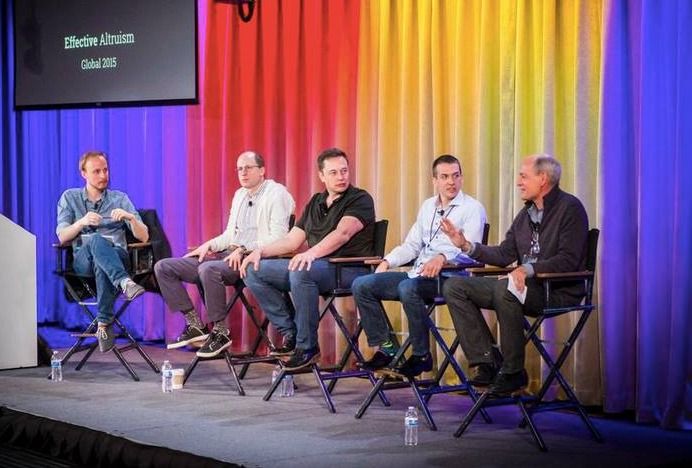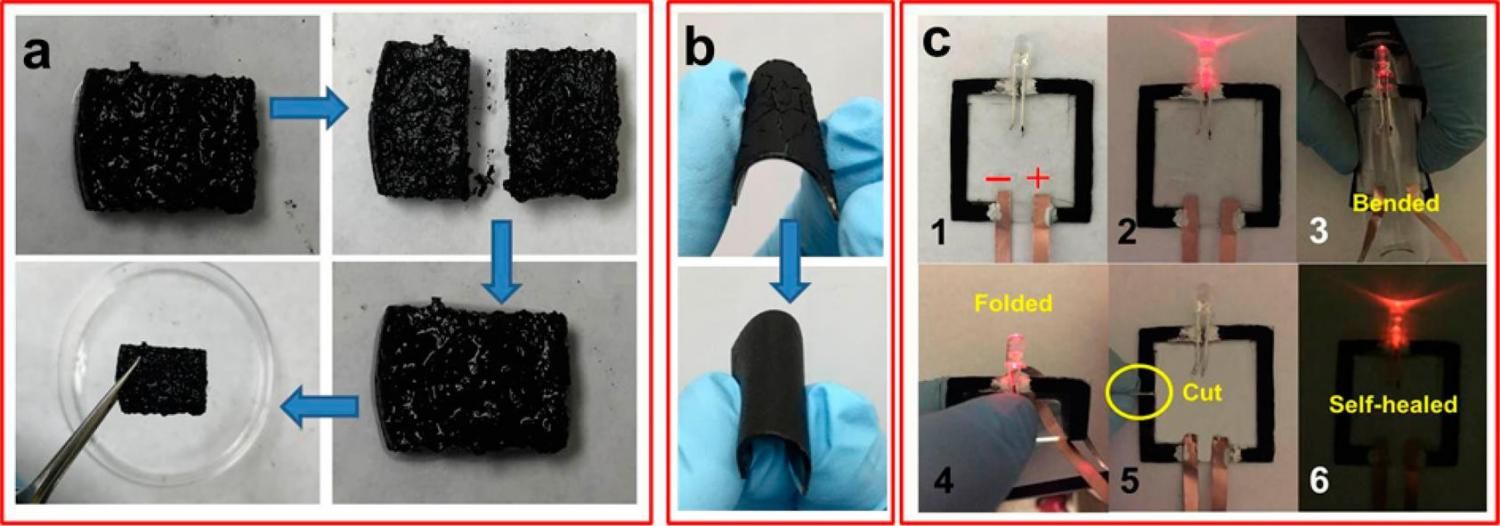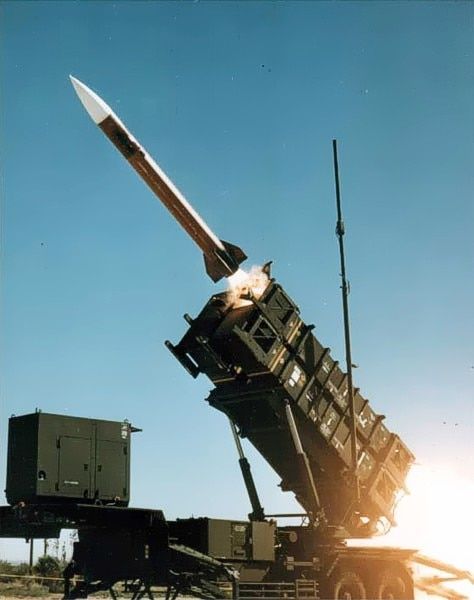This is a link to the video. https://www.youtube.com/watch?v=hptgw_-59YY
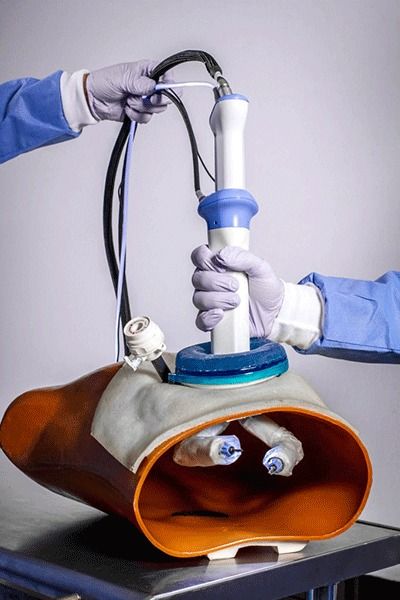
Thanks to MassDevice, we learned of a new company that’s developed a small surgical robot for performing laparoscopic procedures that may lower the cost and offer robotic capability to clinics that don’t have millions of dollars in discretionary funds. Virtual Incision Corporation is a spin-off out of the University of Nebraska and the company just raised $11.2M in equity financing to sponsor a feasibility study of its robotic technology.
The system was designed to fit almost completely into the abdominal cavity via a single incision, with only the handle and cables staying on top. It’s intended for surgeries that are often performed in an open fashion that can benefit from robotic laparoscopy, such as colon resections.
